Article
Novel vision screening tools for children worldwide
Author(s):
More efficient-and yes more fun!- methods of vision screening increase the likelihood kids receive corrective treatment.
(TABLE 1) World Health Organization (WHO) health screening guidelines. (Image courtesy of Dr. Arnold)
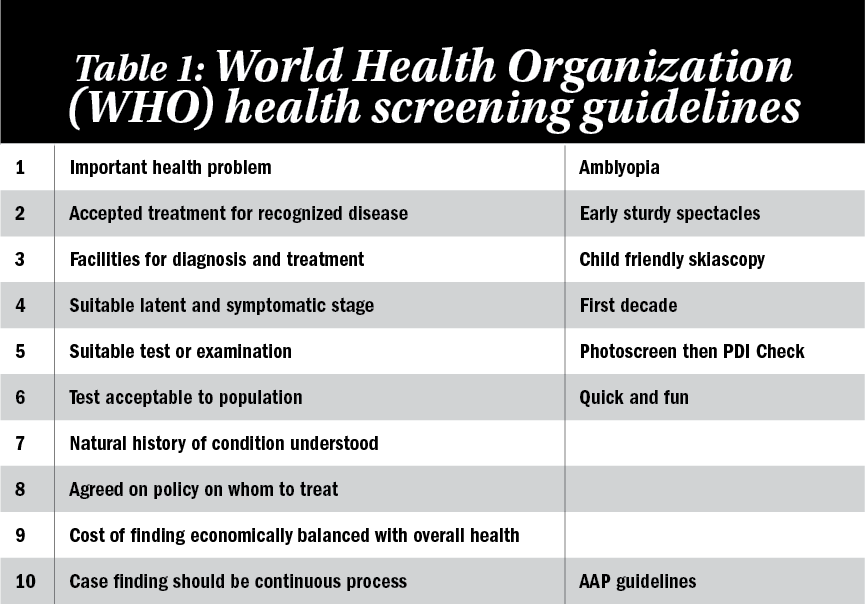
(FIGURE 1) Amblyopia diagnosis and screening.(Image courtesy of Dr. Arnold)
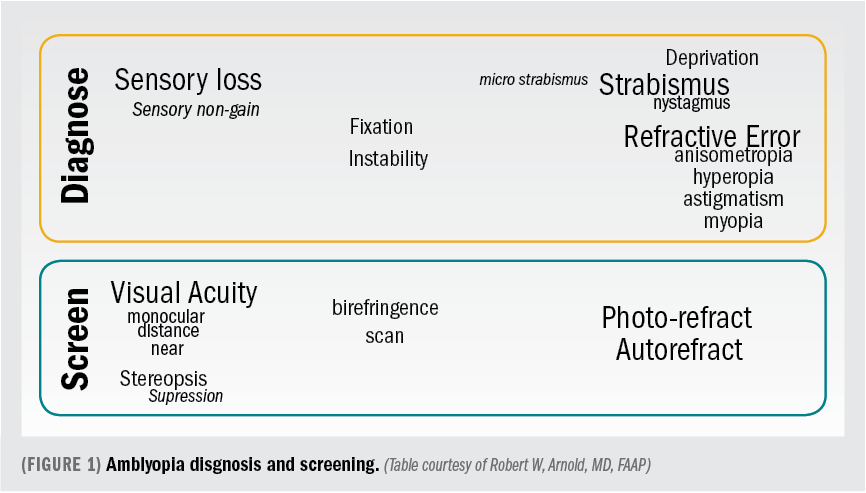
(FIGURE 2) Plusoptix photoscreener in a war zone in Burma.
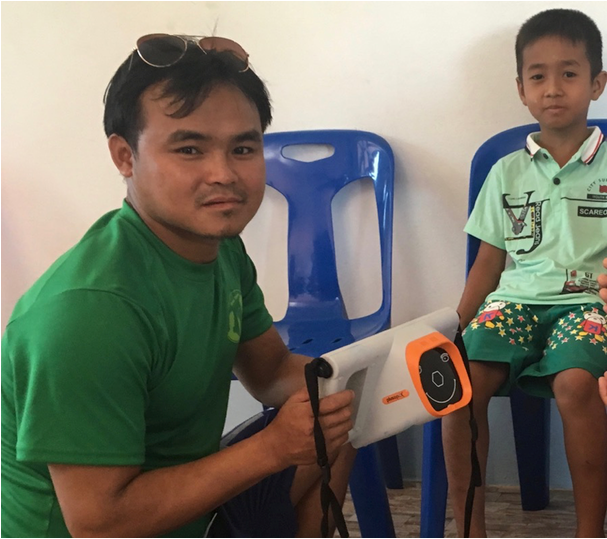
(FIGURE 3) PDI check near-vision game.
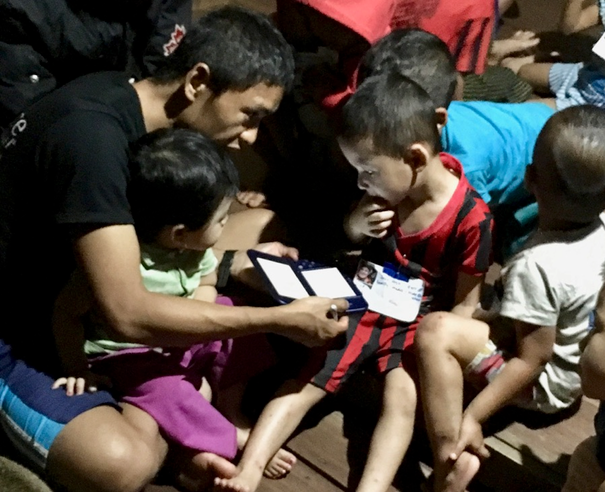
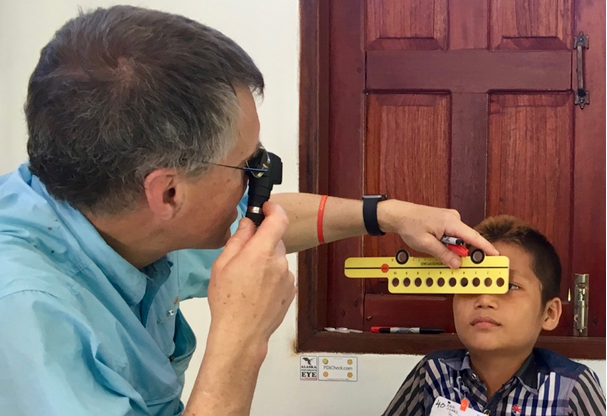
Editor’s Note: Welcome to “Eye Catching: Let's Chat,” a blog series featuring contributions from members of the ophthalmic community. These blogs are an opportunity for ophthalmic bloggers to engage with readers with about a topic that is top of mind, whether it is practice management, experiences with patients, the industry, medicine in general, or healthcare reform. The series continues with this blog by Robert W. Arnold, MD, a specialist in pediatric ophthalmology and strabismus in Anchorage, AK. The views expressed in these blogs are those of their respective contributors and do not represent the views of Ophthalmology Times or UBM Medica.
In U.S. pediatricians’ offices and clinics, children can receive state-of-the art, age-appropriate amblyopia vision screening. This starts with specific instrument-based estimation of amblyopia risk factors and ends with sensitive monocular visual acuity screening. Insurance plans typically cover these tests. Children from economically depressed and politically oppressed regions of the world also deserve screening to prevent treatable blindness. By implementing emerging technology, vision screening benefits can be offered to all children.
The World Health Organization (WHO) has published guidelines for many types of health screenings (Table).1 Amblyopia, the most common form of childhood vision impairment due to deficient brain learning of vision, fits the guidelines.2 Vision screening, of course must be balanced with other high priority health concerns in a given region. Screening for amblyopia must also be matched with a local ability to provide spectacles, patches, and other treatments.
Tools for medical missions
Advances have been made in tools that aid in amblyopia detection. This new technology is particularly helpful in developing countries.
Photoscreening analyzes the pupillary red reflex produced by a near co-axial flash and lens. If both eyes are aligned on a camera lens with perfect focus, the pupil will be filled with a uniform red image in both eyes. If the eyes are defocused, a crescent of light appears in the pupil with the extent of encroachment related to the amount of refractive error. Asymmetric red reflex can also be produced by strabismus. Refractive errors, particularly anisometropia and high hyperopia, are amblyopia risk factors that are not apparent to the pediatrician (Figure 1). These vision disorders can be detected with photoscreening; early treatment with spectacles can profoundly reduce amblyopia.3
Today’s photoscreeners implement multiple, sequential radial infrared flashes, with the original infrared photoscreener produced by the German company Plusoptix. The Plusoptix photoscreeners have been proven to be accurate, supported by peer-reviewed studies. Screening devices are particularly useful worldwide (Figure 2), in part because they implement readily available AA batteries and easily adjustable instrument referral criteria. Criteria can be highly sensitive in regions where follow- exams are simple and affordable. Referral criteria can also be adjusted to be more specific, therefore reducing referral rate and the number of false positive referrals.
Recommendations
The American Academy of Pediatrics recommends a series of age-appropriate vision screens during a child’s first decade-the time when amblyopia occurs.4 Newborns should receive pupillary red reflex testing to look for congenital cataracts. Infants also should have fixation and cover testing to identify infantile esotropia. Starting at 12 months through kindergarten, specific photoscreening is quick and effective for detecting amblyopic risk factors. After kindergarten, visual acuity screening is effective and can be a sensitive test if monocularity is assured. For distance acuity charts, monocularity is best assured with on occlusion patch.
Photoscreening with a Plusoptix device can be performed in less than 30 seconds per patient-which pediatric nurses and community screeners love. (The measurement itself takes less than a second.) Typical threshold monocular acuity screening takes more than 5 minutes especially in younger children. Slow acuity screening is discouraging for busy pediatric offices or school screenings; a faster and more fun form of monocular acuity screening is warranted.
Nothing wrong with fun
The Nintendo 3DS video game console has an autostereoscopic parralax barrier screen. PDI Check is a vision screening game developed for the system allowing monocular acuity screening without occlusive patches and stereo screening without goggles (Figure 3). PDI check can screen monocular acuity, stereo, and color in about 100 seconds. Conventional patched acuity, plus booklet stereo and color testing takes about 4 minutes.
Once children are referred from vision screening, their refraction must be measured to determine appropriate amblyopia therapy usually involving sturdy spectacles. Accurately estimating hyperopia and astigmatism can be daunting in young and/or developmentally delayed children. Another new tool, marketed by Eye Care and Cure, consists of a horizontally oriented convex skiascopy rack resembling a child-friendly school bus. (Figure 4). By holding a higher plus lens over the non-retinoscoped eye, fogging allows accommodation almost as relaxed as that of cycloplegia.
Conclusion
Children everywhere should have appropriate screening tests. Pediatricians want valid tests with sufficient sensitivity and specificity. The screening test also should be acceptable to the population-tests that take a long time and are not child friendly are much less acceptible. New technology devices help in the diagnosis of vision disorders in a child-friendly manner that is not only practical but adaptable to various settings.
Disclosures:

Robert W. Arnold, MD, FAAP
P: 907/561-1917
E: eyedoc@alaska.net
Dr. Arnold is a specialist in pediatric ophthalmology and strabismus. He is in practice at Alaska Children’s EYE & Strabismus, Anchorage, Alaska.
References:
1. Wilson J, Junger G. Principles and practice of screening for disease. In: Public Health paper No. 34. Geneva: World Health Organization; 1968. http://www.who.int/iris/handle/10665/37650
2. Arnold RW. Towards worldwide amblyopia elimination- vision screening. US Ophthalmic Review and European Ophthalmic Review. 2009;2(1):91-98.
doi. http://doi.org/10.17925/EOR.2009.02.01.91
3. Kirk VG, Clausen MM, Armitage MD, Arnold RW. Preverbal photoscreening for amblyogenic factors and outcomes in amblyopia treatment: early objective screening and visual acuities. Arch Ophthalmol. 2008;126(4):489-492.
4. Donahue S, Baker C. Visual system assessment in infants, children, and young adults by pediatricians. Pediatrics. 2016:137. http://pediatrics.aappublications.org/content/pediatrics/137/1/e20153596.full.pdf.
Newsletter
Don’t miss out—get Ophthalmology Times updates on the latest clinical advancements and expert interviews, straight to your inbox.





